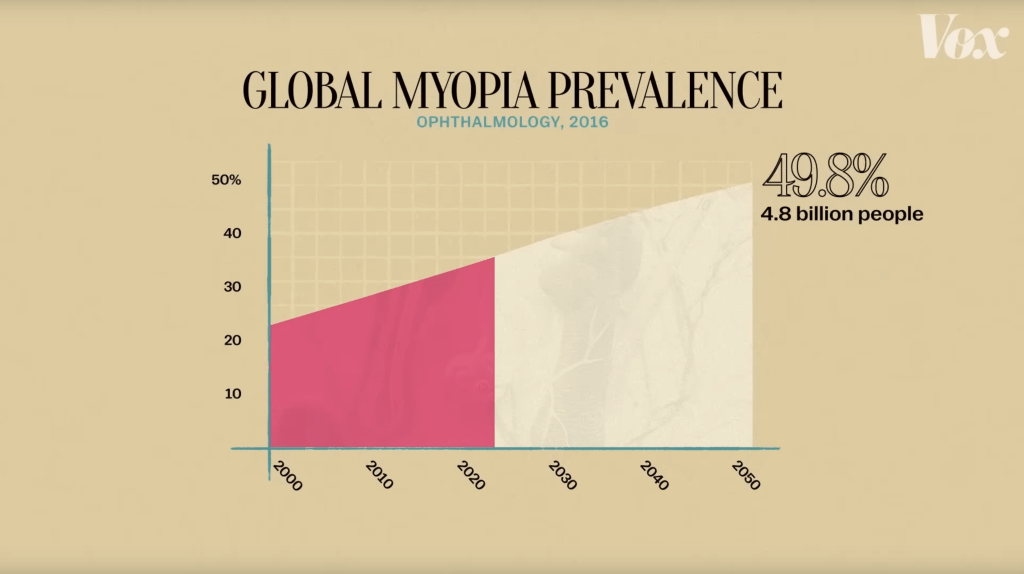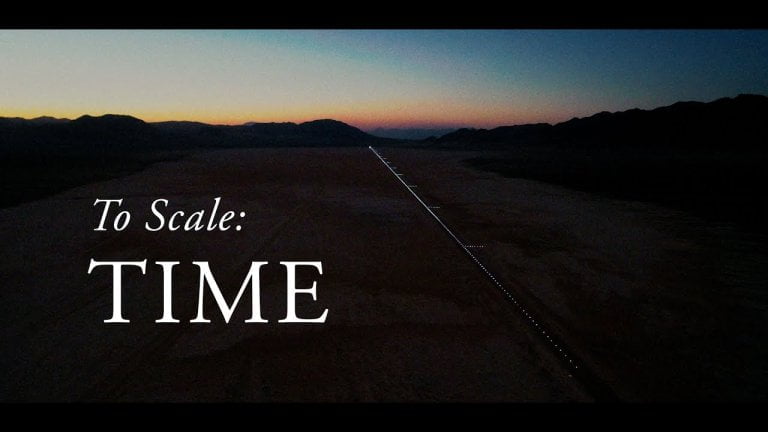Have you noticed that more and more people around you are wearing glasses these days? Well, you are not alone, as the rates of myopia or near-sightedness have been increasing dramatically in recent decades.
In fact, it is estimated that by 2050, half of the world’s population will be myopic. But what is causing this rise, and can we do anything to prevent it? Here, I will explore the two major factors influencing this trend and what actions we can take to protect our vision.
Firstly, let’s look at the numbers. The prevalence of myopia has been steadily increasing over the last 50 years. In the US, for example, the percentage of myopia in the population affected increased from 25% in 1971 to 42% in 2004.

High myopia, a more severe form of near-sightedness, is becoming more common as well, and it is estimated that approximately one billion people worldwide could be at risk of blindness due to this condition.

So, what is causing this rise? Two factors seem to be the main culprits – near work and a lack of outdoor exposure. Near work refers to the prolonged time we spend on activities that involve looking at things closely, such as reading, using smartphones, or playing video games. Studies show that children and teenagers spending more time near work are more likely to develop myopia. Moreover, those who read for pleasure are particularly at risk.

Another factor contributing to the rise in myopia is insufficient outdoor exposure. A study conducted in Taiwan found that children who spent more time outside were less likely to develop myopia. This is because sunlight exposure helps the eye produce more dopamine, which is critical for regulating normal eye growth.

The rise of myopia is a serious issue that affects millions of people globally, and it is projected to remain a significant health problem in the future. However, there are actions we can take to prevent or slow down the progression of this condition. Limiting near work, taking regular breaks, and ensuring that children spend adequate time outside are all good ways to protect our eyesight.
Educating the public about the risks of myopia and the importance of outdoor activities is also essential. So, let’s take care of our eyes and strive to reduce the prevalence of myopia in our communities.
You may also find these interesting:
• Isaac Newton’s Scientific Achievements
• Optical Illusionist by Sugihara Kokichi











